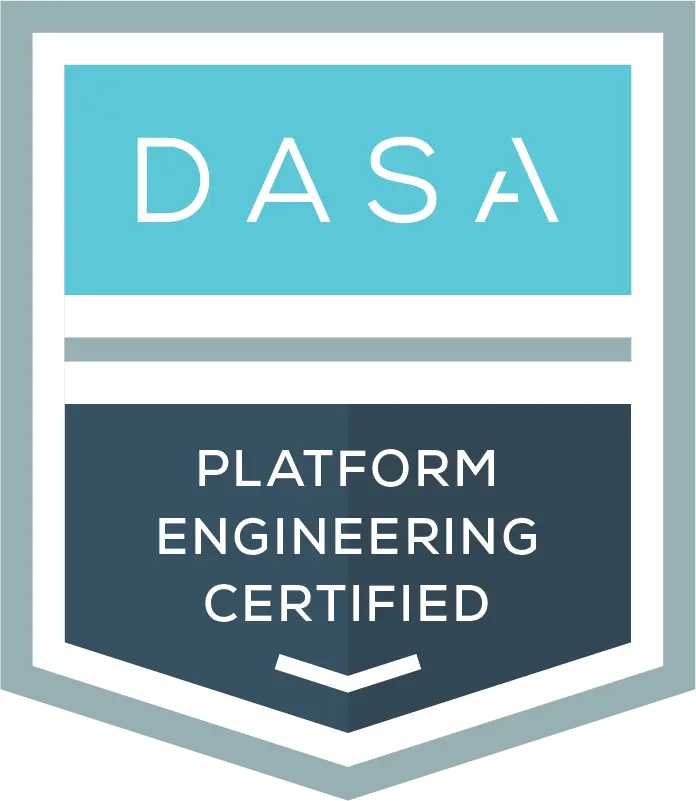
1. Understand Your Platform
- Comprehensive Knowledge: Gain deep understanding of the platform’s features, capabilities, benefits, and unique selling points (USPs).
- Use Case Scenarios: Identify and articulate real-world use cases where the platform can provide significant value or solve specific problems.
2. Define Your Audience
- Target Audience Identification: Determine the primary audience segments that would benefit most from using the platform.
- Persona Development: Create detailed personas of typical users or stakeholders to tailor your messaging and outreach strategies.
3. Develop Compelling Messaging
- Value Proposition: Clearly articulate the platform’s value proposition—how it solves problems, improves efficiency, reduces costs, etc.
- Key Messages: Develop concise and persuasive key messages that resonate with your target audience’s needs and pain points.
4. Build a Community
- Online Presence: Establish and maintain a strong online presence through a website, blog, social media channels, and online forums.
- Engagement: Actively engage with potential users, industry influencers, and stakeholders through discussions, Q&A sessions, and content sharing.
- User Groups: Create or participate in user groups or communities where users can share experiences, tips, and best practices.
5. Educate and Train
- Content Creation: Develop educational content such as tutorials, case studies, whitepapers, and videos that demonstrate how to use the platform effectively.
- Webinars and Workshops: Conduct webinars, workshops, and training sessions to teach users about advanced features, tips for optimization, and troubleshooting.
6. Demonstrate Success Stories
- Case Studies: Showcase success stories and case studies of organizations or individuals who have achieved tangible benefits from using the platform.
- Testimonials: Gather testimonials and endorsements from satisfied users or influential stakeholders to build credibility and trust.
7. Engage with Decision-Makers
- Strategic Outreach: Identify and engage with decision-makers and influencers within target organizations who can champion the platform.
- Customized Presentations: Tailor presentations and demonstrations to address specific concerns or interests of decision-makers, focusing on ROI and business impact.
8. Gather Feedback and Iterate
- Feedback Mechanisms: Establish feedback loops to gather insights from users regarding their experiences, challenges, and suggestions for improvement.
- Continuous Improvement: Advocate for platform enhancements and updates based on user feedback and evolving market needs.
9. Measure and Report
- Metrics: Define key performance indicators (KPIs) to measure the effectiveness of your evangelism efforts, such as user adoption rates, engagement levels, and ROI.
- Reporting: Regularly report on progress, achievements, and ROI to stakeholders and management to demonstrate the impact of your evangelism activities.
10. Adapt and Evolve
- Stay Current: Keep up-to-date with industry trends, competitor activities, and technological advancements related to your platform.
- Adapt Strategies: Continuously refine and adapt your evangelism strategies based on feedback, market dynamics, and changing user needs.


DASA Platform Engineering
DASA Platform Engineering certification program ensures all stakeholders become champions of Platform Engineering, clearly articulating its value. It enables teams to align the platform vision with organizational goals, treat the platform as a product, design an optimal developer experience, and maintain customer-centricity.


